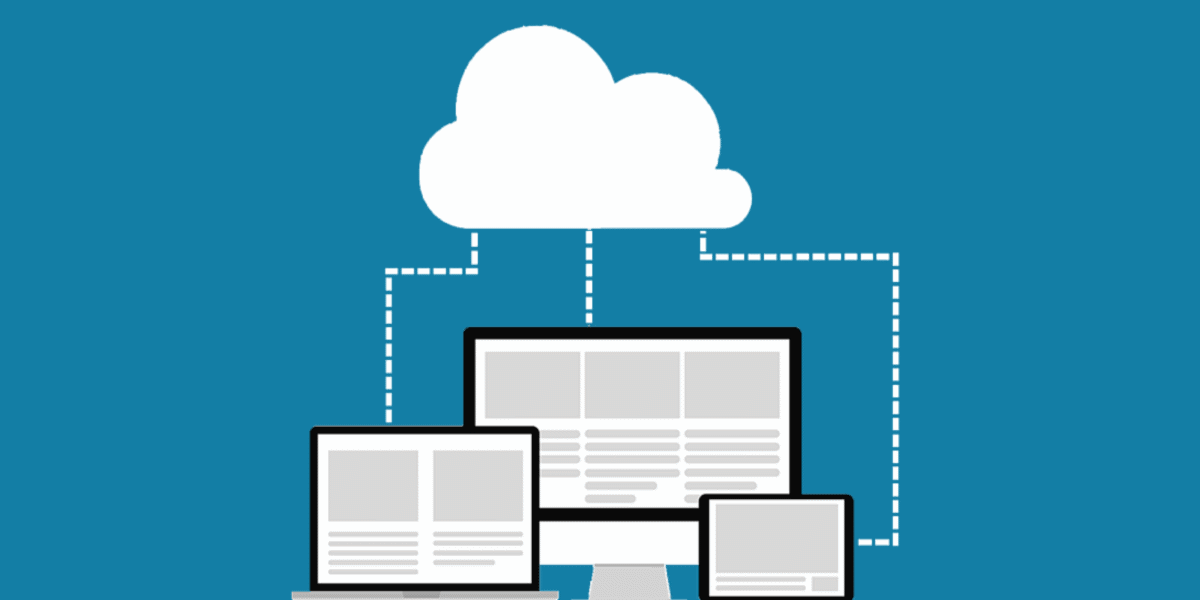
Welcome to our comprehensive guide on the best image hosting types. In today’s digital age, visuals play a crucial role in captivating audiences and conveying powerful messages. Whether you are a photographer, blogger, or business owner, selecting the right image hosting solution is paramount to ensure reliable storage, seamless delivery, and optimal performance. In this article, we will explore the different types of image hosting platforms, delve into the intricacies of provider selection, and provide valuable tips to enhance your image hosting strategy. Join us as we unlock the world of image hosting and empower you to make informed decisions for your online success.
Understanding Image Hosting
Image hosting platforms serve as a digital haven for storing, organizing, and sharing your valuable image content. These platforms offer a range of features and functionalities that allow you to showcase your visual assets effectively. Whether you are looking to share images on your website, social media, or online portfolio, understanding the different types of image hosting options will help you select the best platform for your specific needs.
The Different Types of Image Hosting Platforms
1. Self-Hosted Image Platforms
Self-hosted image platforms provide you with complete control over your image content. With this type of hosting, you host the images on your own servers or content delivery network (CDN). Self-hosted platforms offer flexibility and customization options but require technical expertise and infrastructure to ensure reliable storage and seamless delivery.
2. Cloud-Based Image Hosting Platforms
Cloud-based image hosting platforms leverage the power of cloud computing to store and deliver your images. These platforms offer scalability, on-demand resource allocation, and global accessibility through a network of servers. Cloud-based hosting is ideal for individuals and businesses seeking hassle-free image management, backup, and distribution.
3. Social Media Image Hosting Platforms
Social media platforms such as Instagram and Pinterest also serve as image hosting platforms. These platforms enable you to share and promote your images to a vast audience. While social media image hosting offers convenience and exposure, it may not provide the same level of control and customization as self-hosted or cloud-based hosting options.
4. E-commerce Image Hosting Platforms
E-commerce image hosting platforms cater specifically to online retailers and businesses selling products. These platforms offer advanced features like high-resolution image hosting, image optimization for fast loading speeds, and integration with e-commerce platforms. E-commerce image hosting ensures that your product images are visually appealing and help drive sales.
5. Free Image Hosting Platforms
Free image hosting platforms are popular among individuals who require a simple and cost-effective solution. These platforms allow you to upload and share images without any monetary investment. However, free hosting may come with limitations such as limited storage space, lower performance, and potential advertisements displayed alongside your images.
Key Considerations for Choosing an Image Hosting Provider
When selecting an image hosting provider, consider the following key factors to ensure an optimal hosting experience:
- Reliability and Performance: Look for a provider that offers reliable image storage infrastructure and efficient content delivery networks (CDNs) to ensure fast and seamless image loading for your visitors.
- Storage Capacity and Scalability: Assess the provider’s storage capacity to accommodate your image library and future growth. Ensure that the hosting platform can handle increasing traffic and provide ample room for your expanding visual assets.
- Image Optimization and Compression: Opt for a provider that offers image optimization and compression features to ensure fast-loading images without compromising quality. Compressed images contribute to improved website performance and user experience.
- Integration and Embedding: Consider the ease of integration with your website or preferred platforms. The hosting provider should offer embedding options and compatibility with popular content management systems (CMS) or e-commerce platforms if needed.
- Security and Copyright Protection: Protecting your visual content is crucial. Choose an image hosting provider that implements robust security measures to prevent unauthorized access and safeguards your images from copyright infringement.
FAQs (Frequently Asked Questions)
Q1: How can I optimize the performance of my hosted images?
To optimize image performance, consider the following tips:
- Resize and compress images before uploading to reduce file sizes without sacrificing quality.
- Utilize lazy loading techniques to ensure images load only when they are visible to the user, improving page load times.
- Leverage content delivery networks (CDNs) to distribute images globally, reducing latency and improving loading speeds.
- Implement caching mechanisms to store images temporarily on the user’s device, reducing server requests and enhancing performance.
Q2: Can I monetize my images with image hosting platforms?
While image hosting platforms primarily focus on storage and delivery, some platforms offer monetization options. Explore platforms that integrate with advertising networks or provide features like licensing or selling prints to monetize your images.
Q3: How do I protect my images from copyright infringement?
To protect your images, consider the following measures:
- Add watermarks or copyright notices to your images to indicate ownership.
- Choose an image hosting platform that implements security measures like encryption and secure access controls.
- Monitor your images regularly to identify any unauthorized usage and take appropriate action to enforce your copyright.
Q4: Can I integrate images hosted on third-party platforms into my website?
Yes, most image hosting platforms provide embedding options, allowing you to seamlessly display images on your website. These embedding options provide flexibility and convenience without the need for self-hosting.
Q5: How much storage space do I need for my image library?
The required storage space depends on the number and size of your images. Assess your current image library and estimate future growth to determine the appropriate storage capacity. Consider factors like image compression and optimization to maximize storage efficiency.
Conclusion
Choosing the best image hosting solution is crucial to ensure reliable storage, optimal performance, and seamless delivery of your visual content. By understanding the different types of image hosting platforms available and considering factors such as reliability, provider expertise, performance, scalability, and security, you can make an informed decision that aligns with your specific requirements. Remember to assess your storage needs, image optimization capabilities, and integration options when evaluating image hosting providers. With the right image hosting platform in place, you can showcase your visual masterpieces, engage your audience effectively, and elevate your online presence to new heights.







